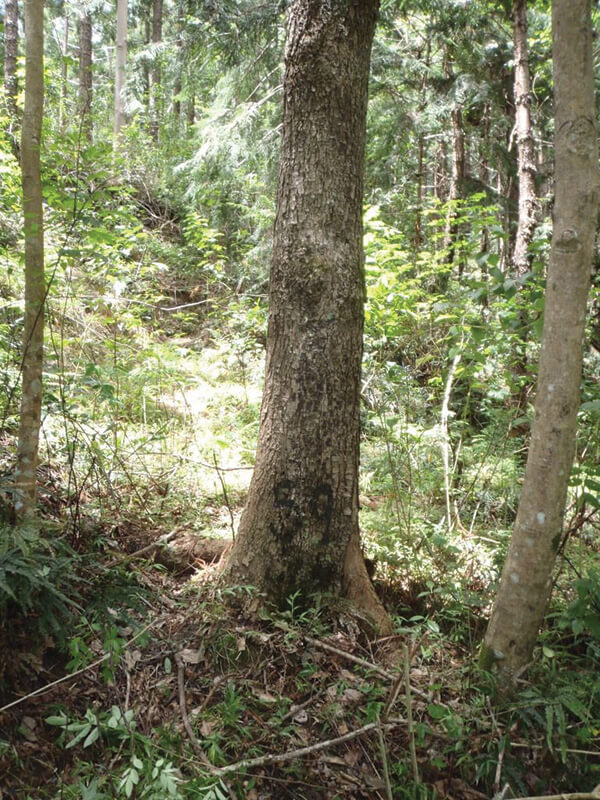
Banner: I remember planting this area in 1983 and I called it The Rejects because the Hoop Pine seedlings were rejected by the forestry department but I have found them to grow excellently.
I purchased my cleared and run-down farm many years ago with the intention of turning it into what is now called farm forestry. As a consequence the landscape has been transformed for the better. Mostly, I have planted Hoop Pine (Araucaria cunninghamii), Gympie Messmate (Eucalyptus cloeziana) and Queensland Maple (Flindersia brayleyana).
When I purchased the farm, there was still a little uncleared rainforest while most of the land was weeds and degraded pasture. Some rainforest trees have been able to pioneer back into the rainforest and the former paddocks. One of the most successful pioneers is Red Cedar.
I have created an inventory of all Red Cedars on my property – all of them are natural pioneers. I think I have found all the large ones, but recruits are always being added to my register. The inventory is both a hobby and practical farm forestry. All Red Cedars on my inventory are numbered and added to a mud map to give me a chance of finding them again. They are all measured, and some receive a little silvicultural treatment around them. I have made a concession to the modern world and have been photographing them and placing the photos online and I’m up to Red Cedar number 773 so far.
Growing Red Cedar is a bit different to other trees for several reasons, one reason is that a bent tree and a live branch grows the much-prized figured wood.
To assist with my farm forestry venture, I now own a small sawmill and saw up some of the timber I grow here. I’d like to offer any Land for Wildlife members the opportunity to saw any timber for them. Logs frequently come about because of thinning requirements, tree death, blow overs and weed species.
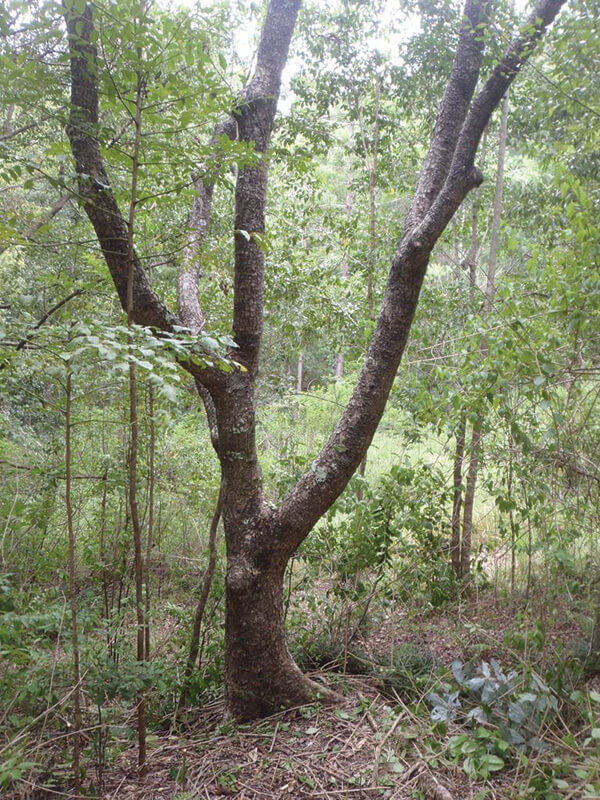
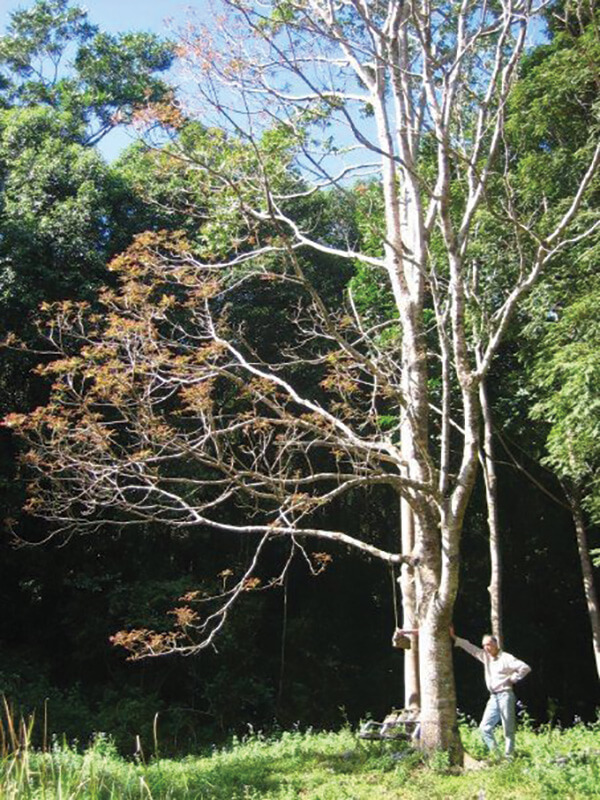
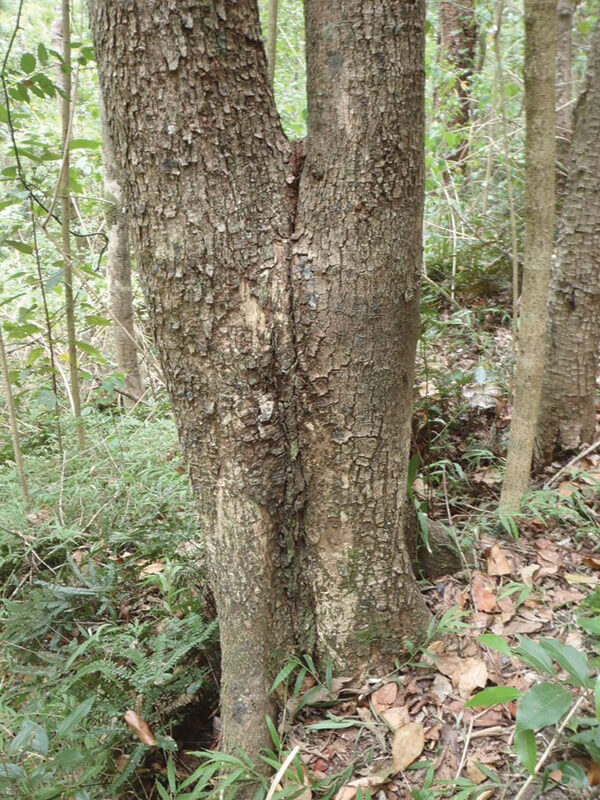
Land for Wildlife members frequently plant rainforest species and the wood from these is often little known but the timber is usually good and interesting. I’m also a member of the International Wood Collectors Society, which encourages an understanding of timbers from little known species.
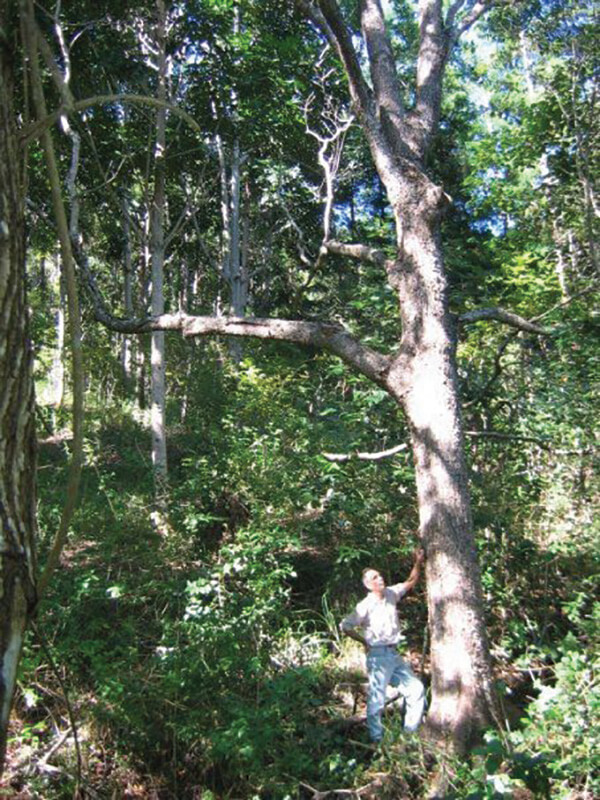
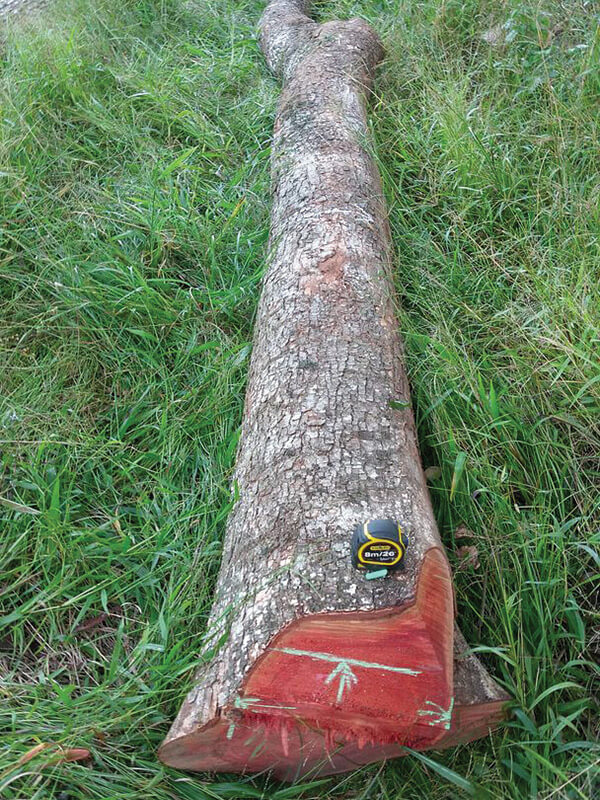
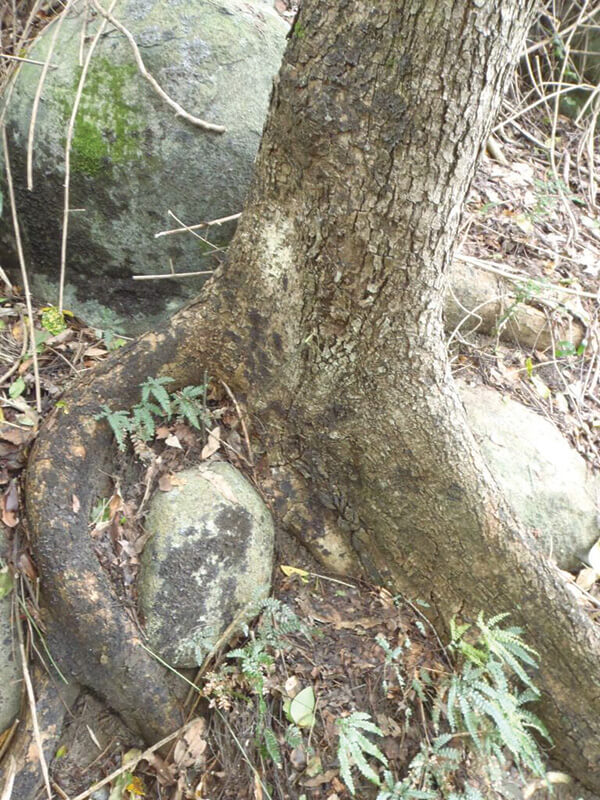
With my sawmill, I can saw down to about 5 inches in diameter, length is not so important. I can either do it for free, a donation, or for an agreed price if it is a larger quantity. Feel free to email me at forest@spiderweb.com.au about my sawmill or my online photo library.
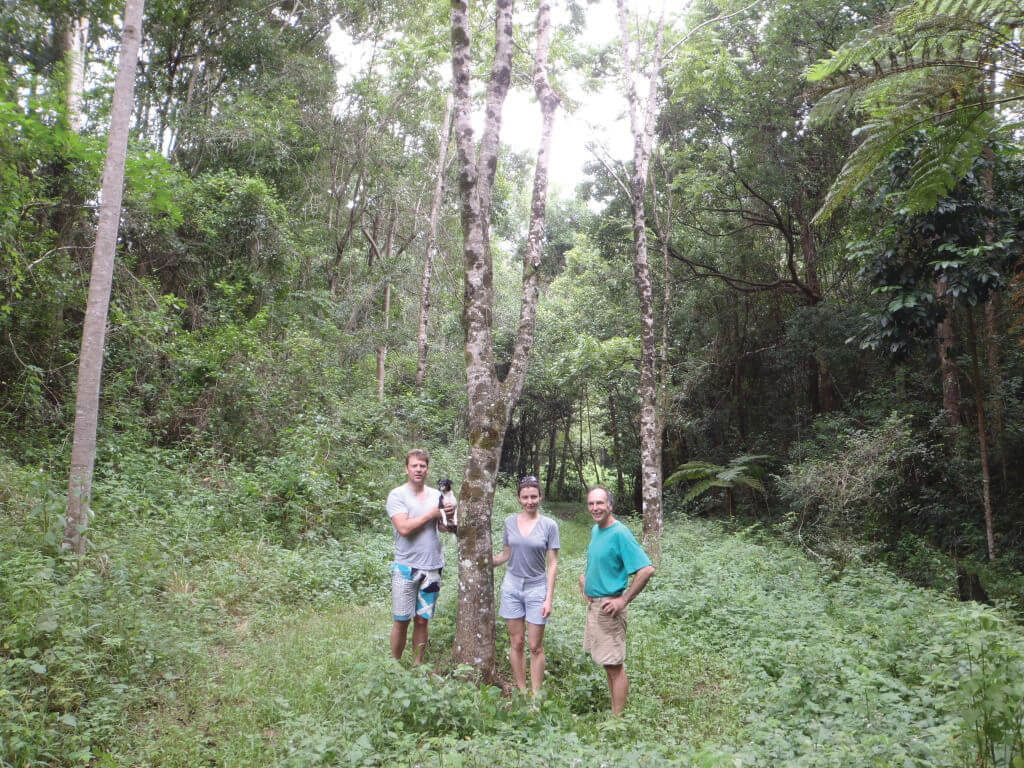
Bob Whitworth
Land for Wildlife member
Cedar Pocket, Gympie
